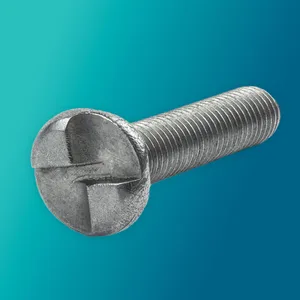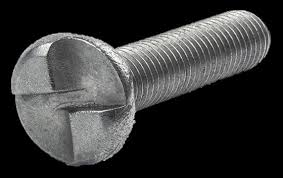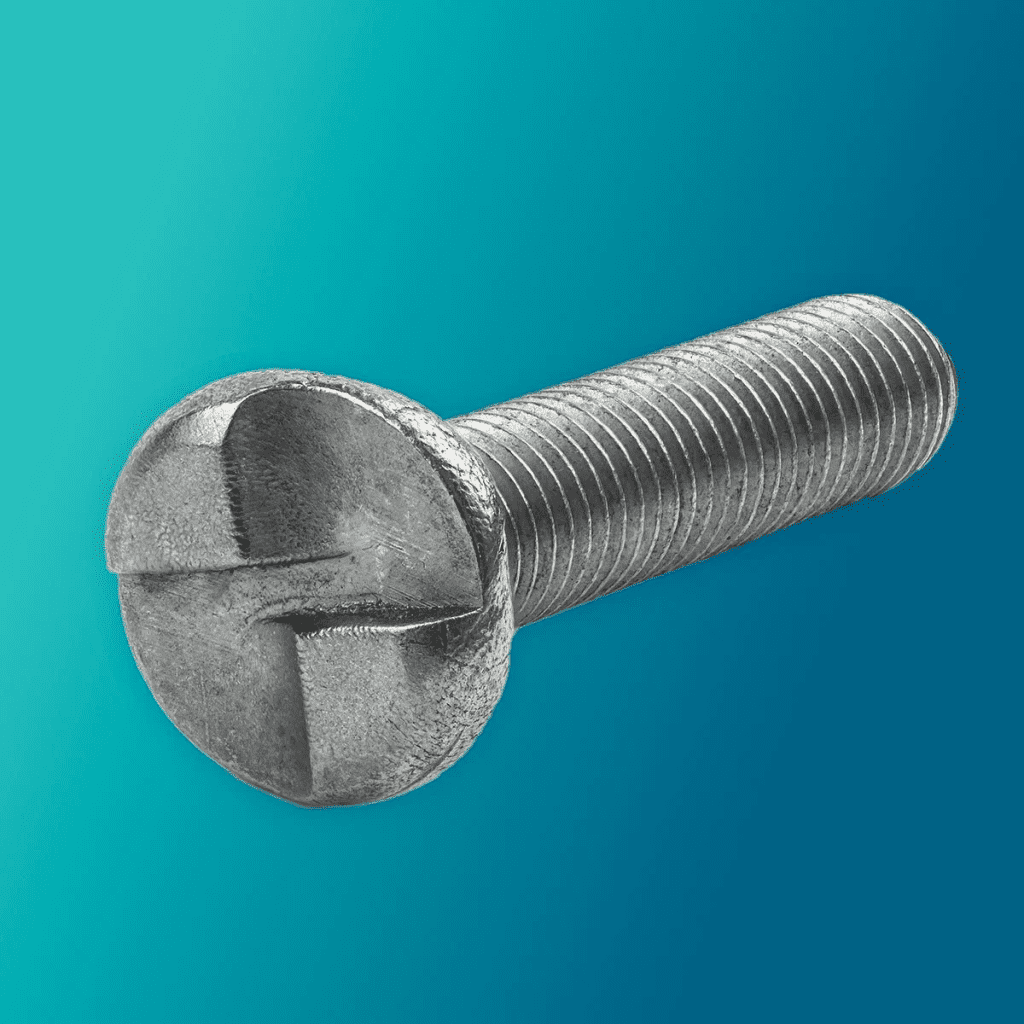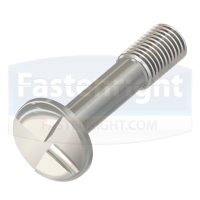If You See a Screw Like This, Here’s What It Means
Ever tried to unscrew something, only to realize the screw won’t budge no matter what? You’re not alone. You might be dealing with a tamper-proof screw, designed specifically to make removal difficult. These specialized fasteners serve a crucial security purpose, preventing unauthorized access or tampering.
But what exactly are tamper-proof screws? Where are they commonly used? And most importantly, how can you remove them when necessary? Let’s dive into the details of these unique screws and the best methods to deal with them.

What Are Tamper-Proof (One-Way) Screws?
Tamper-proof screws—also known as one-way screws, security screws, or anti-theft screws—are designed to be easily installed but difficult to remove. Unlike standard screws, they have special head shapes that prevent conventional screwdrivers from loosening them.
How Do They Work?
- They allow tightening with a standard or specialized tool, but removal requires a matching driver that isn’t widely available.
- Some tamper-proof screws feature a unique slot design that grips only in the tightening direction, making them resistant to standard screwdrivers.
- Others have security pins or custom shapes, requiring specialized tools for both installation and removal.
These screws serve a preventative function, making it harder for unauthorized individuals to tamper with secure installations, expensive equipment, or safety-critical components.
Where Are Tamper-Proof Screws Used?
You might not notice them in your everyday life, but tamper-proof screws are everywhere. They play a crucial role in security, public safety, and theft prevention across multiple industries.
1. Public Infrastructure
Ever wondered why you don’t see street signs, bus stops, or public restroom fixtures easily taken apart? That’s because they’re secured with tamper-resistant screws. Cities and municipalities rely on these fasteners to:
- Prevent vandalism or theft of public property.
- Secure electrical and lighting fixtures in public spaces.
- Keep park benches, fences, and playground equipment intact.
2. Electronics & Appliances

Many modern electronics use security screws to prevent users from opening them up and modifying or damaging internal components. These are found in:
- Laptops, gaming consoles, and smartphones.
- Kitchen appliances (such as microwaves and coffee makers).
- Industrial and medical equipment that require limited access.

3. Automotive and Machinery
Car manufacturers and industrial engineers use tamper-proof fasteners in areas where unauthorized removal could lead to safety hazards or costly repairs. You’ll find them in:
- Car license plates and ignition components.
- Heavy machinery and production equipment.
- Construction and engineering applications where secure fastening is critical.
4. Security and Safety Devices
Security is a primary reason tamper-proof screws exist. Many safety devices and anti-theft installations use them to prevent unauthorized removal. Common examples include:
- ATM machines and cash registers to prevent break-ins.
- Fire extinguishers and smoke detectors to stop tampering.
- Surveillance cameras to ensure they stay in place.
How to Remove Tamper-Proof Screws
While tamper-proof screws are designed to stay put, sometimes you need to remove them—whether it’s for maintenance, replacement, or repairs. Here are some methods to try.
1. Use the Proper Security Bit or Driver
The easiest way to remove a tamper-proof screw is to use the correct driver. Security bits are designed specifically for unique screw heads and can be found at hardware stores or online.
Common types of tamper-proof screw heads include:
- Torx (Star-shaped with a central pin)
- Spanner (Twin-hole design)
- Tri-wing (Three-prong shape, common in electronics)
- One-way slotted (Slanted edges prevent reverse turning)
If you can identify the screw type, simply purchase the matching security bit for a clean and damage-free removal.
2. Try Alternative Tools (If You Don’t Have the Proper Bit)
If you don’t have the correct driver, you might still be able to remove the screw using basic tools—but be warned, this method can damage the screw head or surrounding area.
Here are some tricks that might work:
- Use a flathead screwdriver: If the screw has a shallow groove, try fitting a flathead screwdriver into the slot and turning it counterclockwise.
- Use pliers or vice grips: If part of the screw is exposed, grip it tightly with locking pliers and twist it out.
- Tap it loose with a hammer and chisel: If the screw head has a raised edge, carefully tap a small chisel or flathead screwdriver into the slot and turn counterclockwise.

3. Drill It Out (As a Last Resort)
When all else fails, you may need to drill out the screw. This method destroys the screw and should be used only if removal is absolutely necessary.
Here’s how:
- Use a high-speed metal drill bit and slowly drill into the center of the screw.
- Apply steady pressure until the head detaches.
- Once the head is removed, use pliers to grip and unscrew the remaining shaft.
Drilling is time-consuming and potentially damaging, so only use this as a last resort.
4. Use a Screw Extractor for a Professional Approach
Screw extractors are specialized tools designed to grip and remove stripped or tamper-proof screws without damaging the surrounding material.
Steps to use a screw extractor:
- Drill a small pilot hole into the screw head.
- Insert the screw extractor bit into the hole.
- Turn counterclockwise with a wrench or drill until the screw loosens and comes out.
Screw extractors are a great non-destructive option, especially for delicate surfaces or valuable equipment.
How to Prevent Future Issues with Tamper-Proof Screws
If you’re installing tamper-proof screws and anticipate needing to remove them later, consider these preventative measures:
✔ Use removable thread-locking adhesive instead of permanent adhesives.
✔ Keep a security bit set on hand for future maintenance.
✔ Choose security screws with a removable design (some allow removal with a matching driver).
If you frequently work with security screws, investing in a full set of security bits can save you from frustration down the road.
Final Thoughts: Dealing with Tamper-Proof Screws Like a Pro
Tamper-proof screws serve an important role in security, safety, and durability—but when you need to remove one, it can be frustrating. Understanding their design, purpose, and removal techniques can save you time, effort, and potential damage.
By using the correct driver, alternative tools, or professional extractors, you can successfully remove even the most stubborn security screws. And if you’re installing them yourself, planning ahead can prevent headaches later.
So next time you come across a screw that seems impossible to unscrew, you’ll know exactly what it means—and how to deal with it like a pro!






